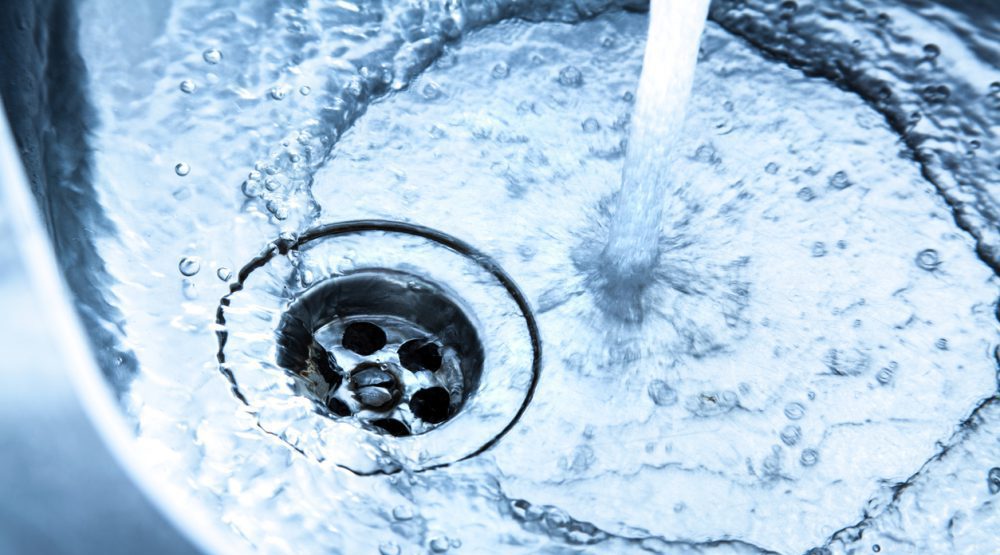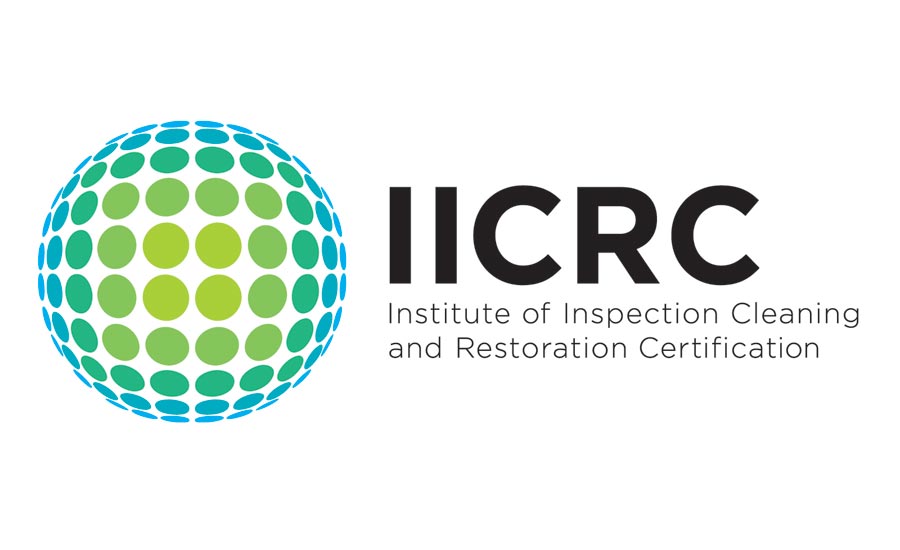
Water damage can be a devastating occurrence in any building, leading to structural issues, mould growth, and potential health hazards.
Often the cleaning team is called in as the first responders to start the renovation process. Swift and thorough cleanup is crucial to minimise further damage and prevent long-term complications.
While each situation might differ, there is a proven approach for effectively managing water damage restoration. Follow these six steps to restore the affected area to its pre-damaged state.
- Assess and address hazards
Before embarking on any cleanup process, ensure the safety of your team. Begin by identifying potential hazards such as compromised structures or electrical dangers.
Shut off power to the affected area to minimise the risk of electrical shock.
To avoid slips and falls, don’t enter the flooded area without wearing slip-resistant shoes or boots.
Also wear personal protective equipment (PPE) like gloves, goggles, and respirators, especially if the damage is extensive and involves contaminated water.
2. Remove standing water
Utilise pumps, wet/dry vacuums, or professional extraction services to promptly remove standing water to prevent further damage and inhibit mould growth. Follow equipment safety guidelines and instructions as found in the product manuals.
Consider purchasing water-removing equipment before you have a flood, so you won’t waste time securing the equipment during an emergency and competing with other buyers for limited supplies.
3. Dry and dehumidify
Excess moisture left behind after a flood can lead to mould growth, structural damage, and health hazards.
Therefore, thoroughly drying the affected area is essential. The best drying system depends on various factors such as the extent of water damage, the size of the building, and the available resources.
However, many restoration workers choose the “controlled drying” or “balanced drying” approach. The key components of a controlled drying system include:
Moisture measurement: Accurate moisture measurement is crucial for assessing the extent of water damage and monitoring the progress of the drying process. Use moisture meters or hygrometers to measure moisture levels in building materials and the air.
Water extraction: Remove as much water as possible through extraction to facilitate the drying process.
Dehumidification: Dehumidifiers help reduce humidity levels and accelerate the drying process. Strategically place high-capacity dehumidifiers throughout the building to extract moisture from the air. This helps prevent secondary water damage and inhibits mould growth.
Air circulation: Proper air circulation helps remove moisture from surfaces and improves the overall drying efficiency. Strategically position high-powered fans to promote airflow and enhance evaporation.
Temperature control: Maintaining optimal temperature conditions can expedite the drying process, which helps increase evaporation rates. Use heating systems or portable heaters to maintain the desired temperature.
Monitoring and adjustments: Continuously monitor moisture levels, humidity, and temperature, adjusting the drying equipment and conditions as needed to optimise the drying process. Regular inspections ensure that you don’t overlook areas and that the drying system is working effectively.
It is important to note that the drying process can vary depending on the specific circumstances and the type of building materials involved.
In complex or extensive water damage situations where you don’t have the internal resources, it is advisable to engage professional water damage restoration services.
These professionals have the expertise and specialised equipment to implement an efficient and effective drying system tailored to the specific needs of the building.
4. Salvage or discard damaged materials
Evaluate affected materials such as carpets, drywall, insulation, and furniture. You might be able to salvage some materials through professional cleaning, disinfection, and drying processes. However, discard porous materials that have been extensively damaged or exposed to contaminated water to prevent mould growth and maintain a healthy indoor environment.
5. Clean and disinfect
Thoroughly clean and disinfect all affected surfaces, including walls, floors, and furniture, to eliminate potential microbial contaminants. Use appropriate cleaning agents and disinfectants recommended for water damage restoration, ensuring they are safe for the specific materials. Scrub and sanitise surfaces following manufacturer instructions and safety precautions.
6. Prevent mould
Conduct thorough inspections for visible mould or signs of moisture, focusing on both obvious and hidden areas.
If you detect mould, engage professional mould remediation services to safely remove and remediate the affected areas.
Implement preventive measures such as improved ventilation, moisture barriers, and regular inspections to minimise the risk of future mould growth.
Tim Poskin is the former director of ISSA Consulting and is one of the world’s leading authorities on custodial workloading. He can be reached at tposkin@gmail.com.
This first appeared in ISSA Today and has beeN republished with permission




